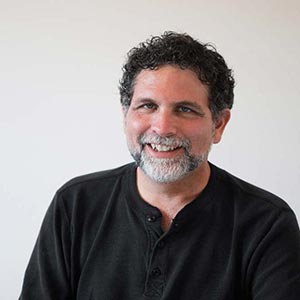 Although Johann Wolfgang von Goethe is best know as a towering literary figure he was also a scientific genius. His method of doing science was in some ways diametrically opposed to the methods of many of the other great scientists of the Enlightenment era. The dominant mode of science that was developed during the 16th and 17th centuries was a method of objectification.
Although Johann Wolfgang von Goethe is best know as a towering literary figure he was also a scientific genius. His method of doing science was in some ways diametrically opposed to the methods of many of the other great scientists of the Enlightenment era. The dominant mode of science that was developed during the 16th and 17th centuries was a method of objectification.
Science in the objective mode is an attempt to separate from the world, to assume a detached uninvolved stance and from that perch to make observations that are free from personal bias. For science in this form the ultimate verification of the truth of an observation is to have it repeated by another scientist. If two or more scientists can repeat the same observation then it is verifiably objective. It is not the imagination of one person because now two people or more have repeated it.
Objective science of the type we are all most familiar with has of course radically improved our world. The debt that we owe to science for the advancement of human civilization over the past few centuries cannot be overestimated. The success of this method of science does not, however, mean that it is the only form of science possible. Goethe thought that there was another way to do science and that for some things it would yield better results.
The method of science that Goethe practiced was in certain respects diametrically opposed to the objective science described above. Goethe believed that the outer physical world and the inner world of our senses were mirror images of each other, the inside view and the outside view of the same reality. Therefore, paying attention to the outer world leads to necessary inner responses in us that tell us directly about qualities of what we are observing. The science that Goethe advocated was also one of deep observation. The difference that Goethe brought was that the scientist, while observing the outside world, would pay attention to their own inner responses which would reveal essential elements of what was being observed. It was in a sense a science of subjectivity, or what you might see as a mystical approach to science.
When for instance Goethe spent time observing plants he saw deeply into their nature. By looking at the leaves he saw how the leaves of any given species of plant grew through the repetition of a unique pattern of unfolding. This particular pattern repeated itself again and again throughout the development of the entire plant.
To Goethe all of life unfolded through the repetition of patterns. The essential nature of any object or being was its unique pattern of unfolding. By observing deeply into anything we will eventually see its unfolding pattern and that will be the key to understanding its essence.
To me this is a beautiful vision of the propagation of reality – patterns that repeat and each unique pattern generating a unique type of being or entity. Everything that exists is a record of a unique pattern of unfolding. The development of human beings also occurs through the unfolding of unique patterns of growth.
As I have come to understand Goethe (or misunderstanding him as the case may be) we are each a singular pattern of unfolding. Human growth at all levels from the physical body, to the development of the personality, to profound spiritual growth, all occur through the natural unfolding of our unique pattern of being.
